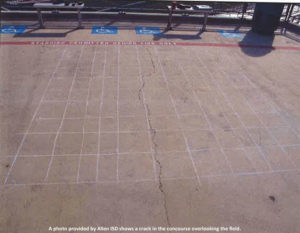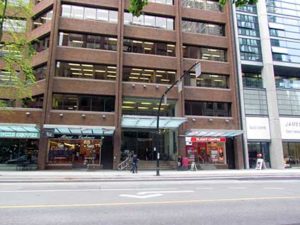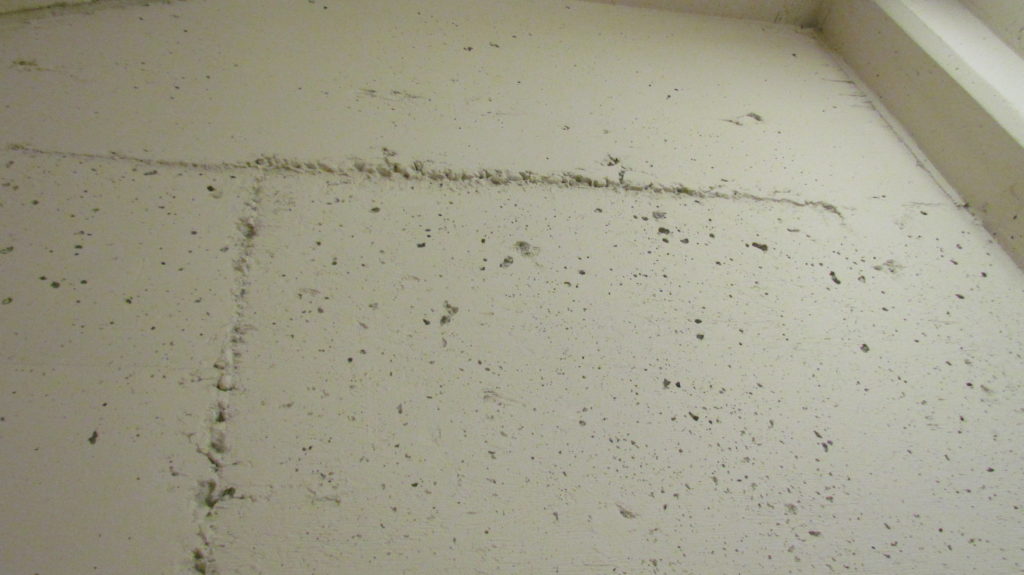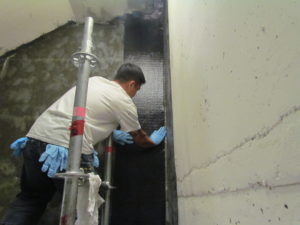Understanding Concrete Cracking: Types, Causes, and Solutions
Concrete is a strong material when it comes to compression, but it has a major weakness: low tensile strength. This makes it prone to cracking, which can be caused by several factors like shrinkage, temperature changes, subgrade movement, or external pressure. Cracks in concrete come in different forms—some are harmless, while others may signal serious structural problems. The most common types of cracks are those caused by shrinkage and temperature variations. These usually run vertically or diagonally and are not typically a big concern unless they lead to water leakage. However, horizontal cracks could indicate that the structure is under load, and larger vertical cracks at the top or bottom might suggest heaving or settling, which could point to issues with drainage or overloading. To prevent cracking, it's important to use proper mix designs, limit water content, and ensure the right amount of cement is used. Control joints can also help direct where cracks form, reducing the risk of random cracking. If cracks are wider than ¼ inch, show signs of movement, leak water, or extend over a large area, they should be taken seriously and inspected by a professional.Case Study: The Challenge of Concrete Cracking at Allen High School Stadium
In Allen, Texas, a newly built $60 million football stadium at Allen High School faced an unexpected issue just 18 months after opening. The concourse area began to develop cracks ranging from ¼" to ¾", leading to concerns about the stadium’s structural integrity. As a result, the facility had to be temporarily closed, affecting the entire 2014 football season. While temporary measures were put in place to stop water infiltration, the long-term solution is still being investigated. Architects believe the problem may not be design-related, and the contractor, Pogue Construction, is working closely with the school district to find the root cause. Although the exact preventative measures used during construction remain unclear, adding more structural support is likely part of the solution. This case highlights how even well-funded projects can face unexpected challenges with concrete performance.HJ3's Carbon Fiber Reinforcement System: A Sustainable Solution
Concrete cracking is a widespread issue across many structures, including buildings, bridges, and stadiums. HJ3 offers an innovative and sustainable solution through its CarbonSeal reinforcement system. Unlike traditional repair methods or full replacements, this system provides superior strength and durability while being cost-effective and environmentally friendly. In one real-world example, a commercial building owner saved over 50% on costs by using HJ3's carbon fiber technology instead of replacing damaged shear walls and columns. This approach not only preserved the structure but also reduced environmental impact significantly.Success Story: Reinforcing Commercial Structures with Carbon Fiber
A commercial building required seismic reinforcement for its reinforced concrete columns and shear walls. The columns, measuring 12' and 9.1', needed extra support to handle shear forces. The process included preparing the concrete surfaces, drilling holes, applying primer, inserting carbon fiber dowels, and wrapping them with a carbon fiber layer. Shear walls were reinforced both horizontally and vertically with high-strength materials. This project was completed efficiently without disrupting the building's operations. HJ3 covered 12,000 square feet of concrete, saving 23,500 tons of concrete, 422,000 gallons of water, and reducing CO2 emissions by 47,000 tons compared to a full replacement.Concrete Cracking Solutions with HJ3's CarbonSeal
For Allen High School's stadium, HJ3's CarbonSeal system presents a viable option to address current cracks and prevent future damage. This method is not only more cost-effective than traditional repairs but also more sustainable. Installation is quick and minimizes downtime, making it ideal for busy facilities. On average, customers who choose the CarbonSeal system save over 50% compared to alternative repair methods. If you're concerned about concrete cracking in your structures, consider HJ3’s carbon fiber reinforcement systems as a long-term, eco-friendly solution. Contact our project managers today to learn more.
Photo Credit: NBC Washington



Copper tube, also known as purple copper tube. A type of non-ferrous metal pipe is a seamless pipe that is pressed and drawn. Copper pipes have strong and corrosion-resistant properties, making them the preferred choice for modern contractors to install water pipes, heating, and cooling pipes in all residential commercial buildings. Copper pipe is the best water supply pipeline.
Aluminum bronze, tin bronze, silicon bronze, beryllium bronze, tungsten copper, white copper, brass, red copper, oxygen free copper.
Aluminum bronze tubes, tin bronze tubes, silicon bronze tubes, beryllium bronze tubes, brass tubes, white copper tubes, purple copper tubes, red copper tubes, tungsten copper tubes, oxygen free copper tubes, various types of copper tubes.
Copper Products,Bronze Plate,Brass Plate,Engraved Brass Plates
Suzhou Gold ant Precision Sheet Metal Co.,Ltd , https://www.jmysheetmetal.com